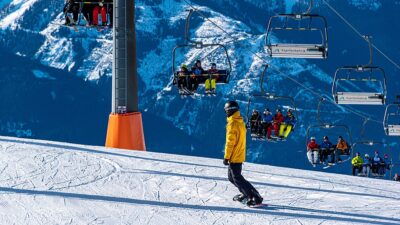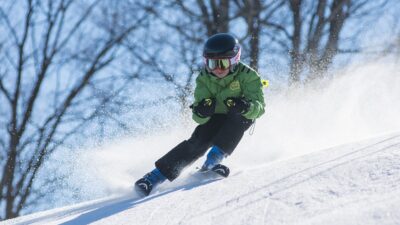Skateboarding, often perceived as a rebellious sport or a means of personal expression, is deeply rooted in physics and biomechanics. Understanding the science behind skateboarding can enrich both the experience and the performance of skateboarders, offering insights into balance, motion, and technique.
The Physics of Motion
At the heart of skateboarding lies the fundamental principles of physics, particularly Newton’s laws of motion. These laws explain how forces interact to produce movement.
Newton’s First Law: Inertia
According to Newton’s first law, an object at rest will remain at rest, and an object in motion will continue in motion unless acted upon by an external force. When a skateboarder pushes off the ground, they impart energy into the board, setting it into motion. The inertia of the board helps maintain its speed, allowing the skater to rely on friction with the ground and drag to eventually slow down.
Newton’s Second Law: Acceleration
Newton’s second law states that the acceleration of an object depends on the mass of the object and the amount of force applied. In skateboarding, when skaters push harder on the tail of the board, they generate greater acceleration. This principle is crucial for executing tricks and navigating different terrains, as skaters must apply the right amount of force to achieve the desired speed and control.
Newton’s Third Law: Action and Reaction
Every action has an equal and opposite reaction, states Newton’s third law. This principle is particularly evident in ollies and other tricks, where the downward force applied to the board causes it to pop up into the air. Understanding this reaction helps skaters learn how to control their movements when jumping or landing, giving them an edge in performing complex tricks.
The Mechanics of Balance
Balance is the cornerstone of skateboarding, allowing skateboarders to maintain stability on a moving board. The human body naturally strives for equilibrium, and achieving balance on a skateboard requires coordination, strength, and practice.
Center of Gravity
The center of gravity plays a critical role in balance. It is the point where a skater’s weight is evenly distributed. For optimal balance, skaters must keep their center of gravity over the skateboard, adjusting their body position based on movement. Leaning too far forward or backward can result in a fall, while shifting weight side-to-side helps in maneuvering.
Core Stability
The core muscles—comprising the abdominal, back, and pelvic muscles—are crucial for maintaining balance. A strong core helps skaters stabilize their bodies during tricks and while riding on uneven surfaces. This stability allows for smoother transitions and better control of the board.
Techniques and Skills
Mastering basic techniques is fundamental for any skateboarder. These skills not only rely on balance and motion principles but also require practice and muscle memory.
Pushing
The initial push is a basic yet essential skill in skateboarding. Proper technique involves placing one foot on the tail of the board and using the other foot to propel forward. The angle of the pushing foot and the force applied determine the acceleration and speed attained.
Turning
Turning involves shifting weight from one foot to the other, changing the center of gravity, and leaning into the turn. The technique varies depending on the type of turn: carving, pivoting, or slalom. Understanding how to distribute weight and control speed during turns is critical for navigating both flat ground and ramps.
Tricks
Skateboard tricks, such as ollies, kickflips, and grinds, are the pinnacle of a skater’s technical prowess. Most tricks involve a combination of balance, timing, and force. For example, the ollie requires a synchronized flick of the tail and a jump, using Newton’s third law to gain vertical height. Learning these tricks involves repetitively practicing the motion until muscle memory is established.
Conclusion
The science of skateboarding encompasses a blend of physics and biomechanics that contributes to the sport’s dynamic nature. By understanding principles such as balance, motion, and technique, skateboarders can refine their skills, enhance their performance, and ultimately enjoy the exhilarating experience of gliding through the streets or performing tricks at the skatepark. Whether a beginner or an experienced skater, a deeper understanding of the science behind skateboarding can help one appreciate the artistry and athleticism that define the sport.


